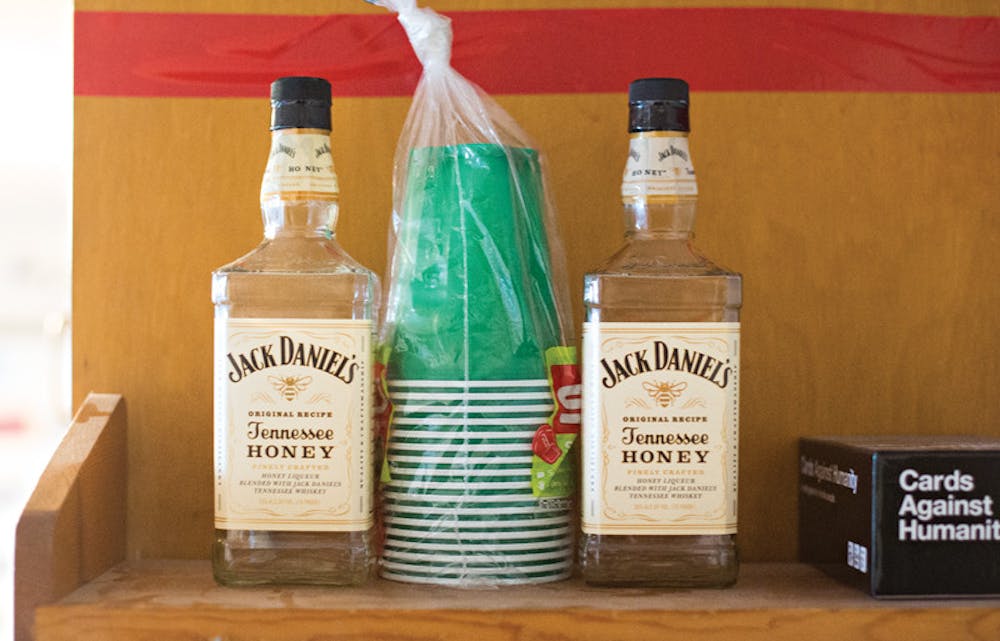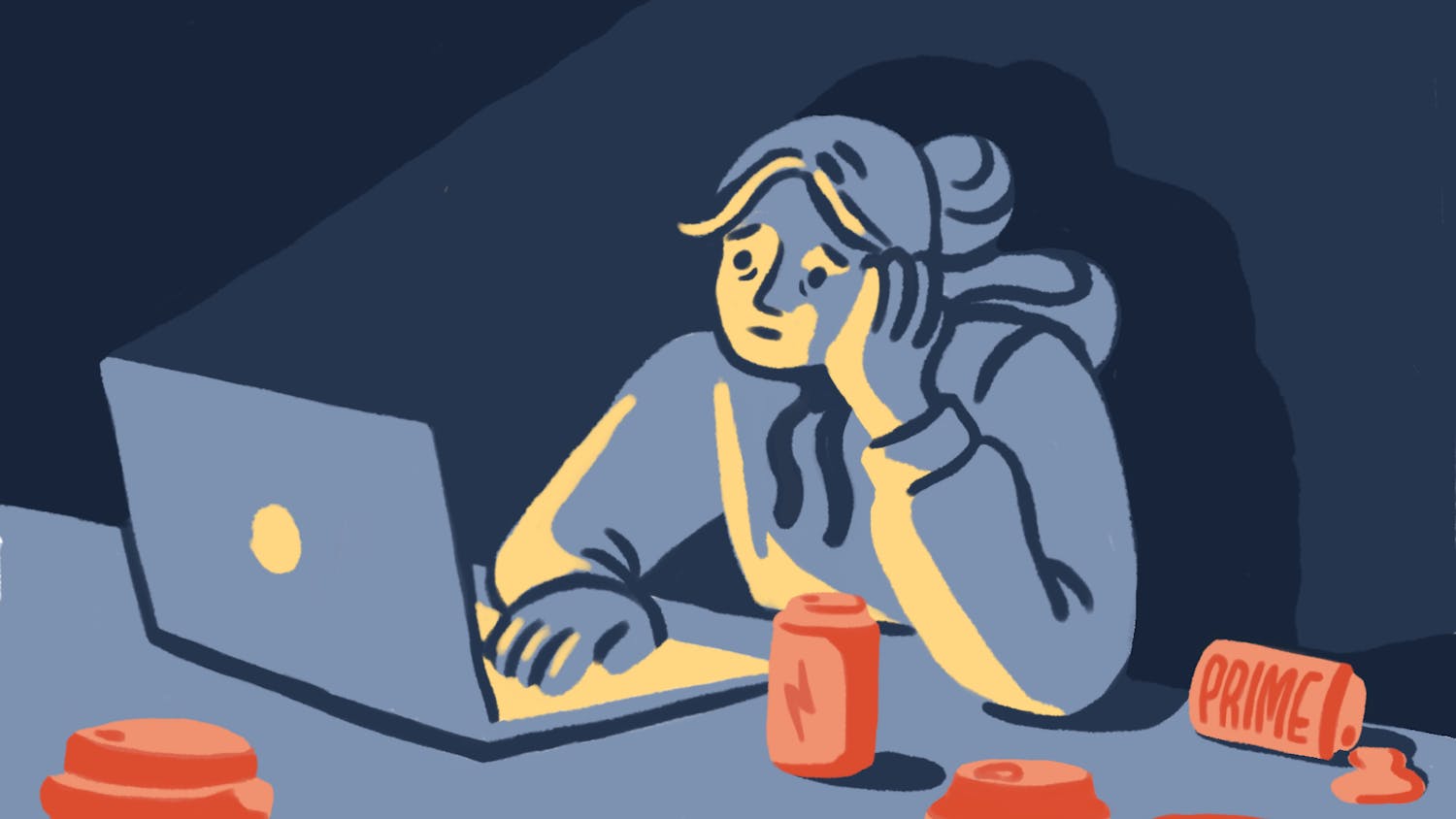While “pregaming” before a party is an integral part of many college students’ social scenes, it could have more adverse consequences than are typically expected, according to a new study involving a University researcher.
The research team, composed of psychologists and sociologists from Lehigh University and Loyola Marymount University in addition to Brown, gathered data from over 900 students attending California universities in order to examine the motives behind pregaming and its consequences, especially as they relate to one’s sex. Pregaming — or “prepartying” as the study calls it — is defined as the “consumption of alcohol prior to attending an event or activity (e.g., party, bar, concert) at which more alcohol may be consumed,” according to the article, which will be published in the June issue of the journal Addictive Behaviors.
Three-quarters of all college students engage in prepartying, said Shannon Kenney PhD’06, postdoctoral research fellow in behavioral and social sciences. Previous literature has suggested a relationship between prepartying and adverse consequences, but this study distinguished itself by focusing on event-level consequences, meaning one single instance of drinking.
The team first sorted each participant’s preparty motives and general drinking motives into a variety of categories. Preparty motive categories included interpersonal enhancement, situational control, intimate pursuit and barriers to consumption, such as legal restrictions at various establishments or events. Participants’ general drinking behaviors were classified as having social motives, enhancement motives, coping motives and conformity motives.
Then, by analyzing responses to a survey about negative alcohol-related consequences, the researchers assessed the relationship among motives, consequences and sex. Preparty-related consequences were assessed on a survey with items such as “I found it difficult to limit how much I drank” and “I took foolish risks,” according to the study.
The study’s results showed that both drinking to cope and drinking to conform were linked to greater preparty alcohol consequences. Of the preparty motives measured, situational control, interpersonal enhancement and barriers to consumption also correlated with a higher risk of adverse alcohol-related consequences.
The team’s analyses controlled for alcohol consumption, which “suggests something about the context of prepartying that places students at heightened risks,” Kenney said. In addition to drinking, there may be an effect of social pressure that leads to negative outcomes, she added.
Women in the study were more likely than men to select situational control and barriers to consumption as preparty motives. The authors partially attribute this result to women wanting to protect themselves by avoiding drinks that have been tampered with, according to the study. Males in the study were more likely to use prepartying to find a potential sexual partner, according to the study. Men’s sexual motives could be “concerning” given past evidence that alcohol consumption is linked to risky sexual behavior.
Prepartying, which often involves “drinking quickly and excessively,” is often used to “get a good buzz” before going to a party, Kenney said. Students should be aware of possible outcomes of their actions and “maximize the positive aspects of their social life in college and minimize the negative aspects” when they go out, Kenney said.





